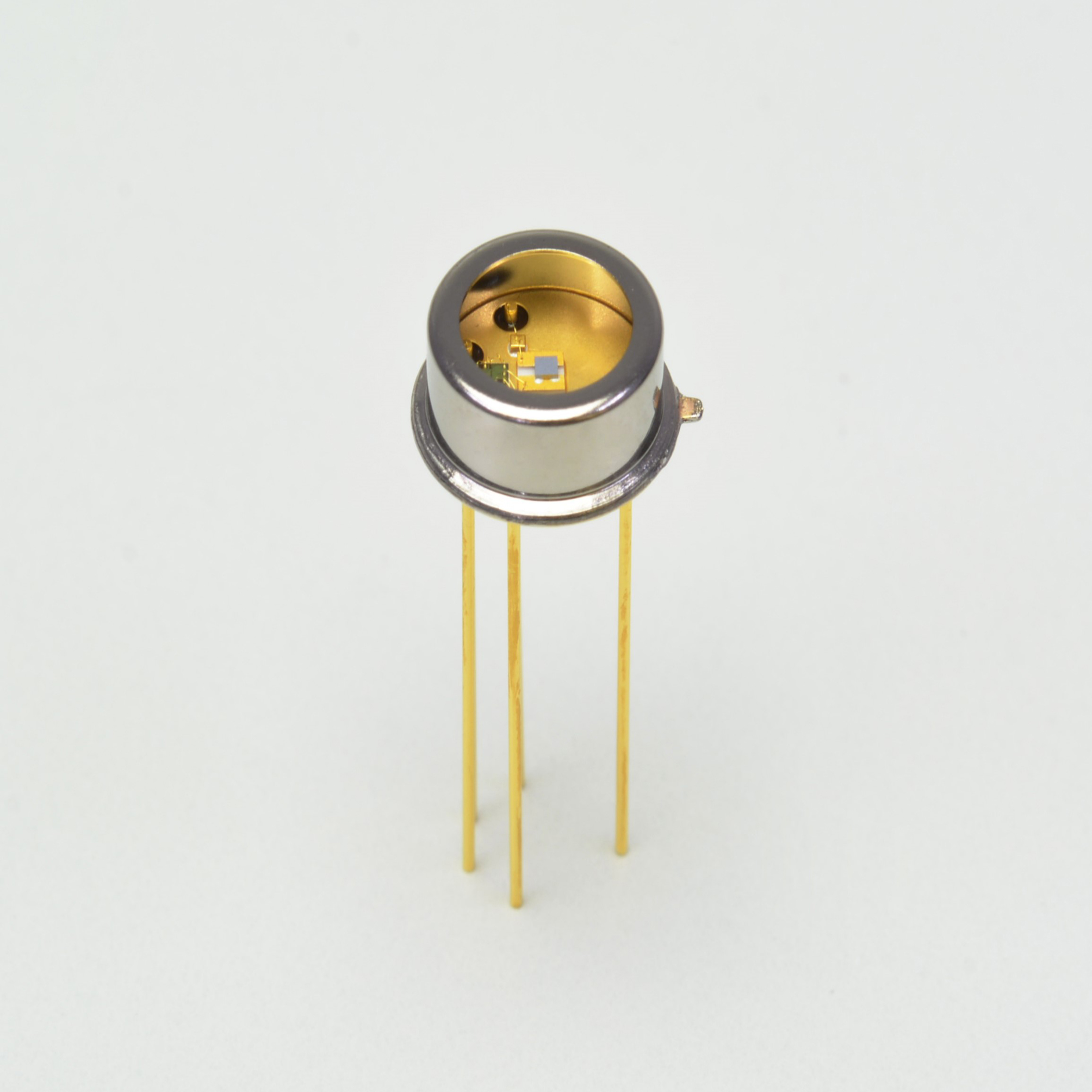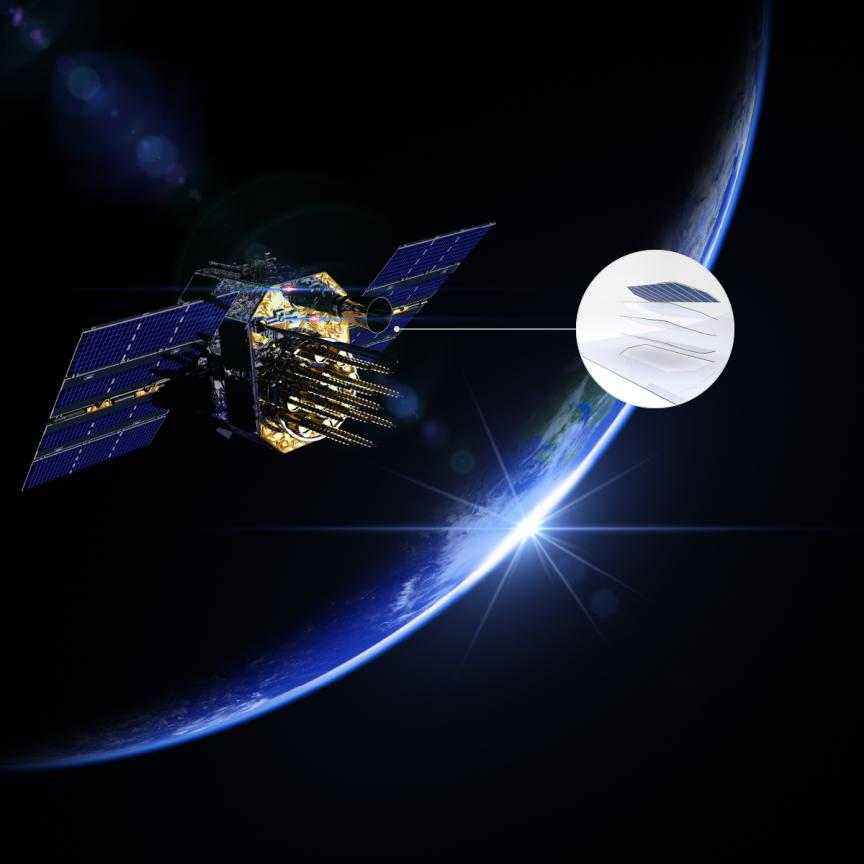Industrial emissions significantly contribute to climate change, prompting global regulatory pressure for cleaner practices. Photonics-based gas detection, using advanced infrared sensors and emitters, support emission monitoring and leak detection, enabling industries to comply with regulations and reduce their environmental impact.
The cost of industrialisation
Industrialisation has brought global economic growth but led to high greenhouse gas (GHG) emissions. Key industrial sectors like power generation, chemical production, and cement manufacturing emit large volumes of CO2, CH2, and N2O, contributing significantly to climate change.
According to the EDGAR 2024 database and the IPCC, direct industrial emissions amounted to approximately 11,408 million tons of CO2 equivalent (Mt CO2e) in 2023. This represents about 21.5% of global GHG emissions, excluding land use and forestry. When including indirect emissions from electricity used in industry, the sector's share rises to nearly 31%.[1]
Industrial emissions are often continuous and centralised, accumulating rapidly and affecting regional and global climate patterns. Their high volume and persistence make it challenging to mitigate without systemic change.
Regulatory pressure
In response to the climate emergency, governments have enforced stricter environmental regulations to reduce industrial emissions and promote cleaner technologies. Many countries have implemented updated climate laws, taxes, and reporting requirements to encourage cleaner alternatives, driving industries to adopt effective, real-time emission monitoring technologies.
The photonics solution
Industries need highly sensitive, accurate, and rapid gas detection systems to comply with the demanding regulatory standards. Photonics-based gas detection offers non-contact, real-time analysis of a variety of gases. These systems rely on the interaction of light with gas molecules, using absorption spectroscopy to identify and quantify specific gases. Continuous monitoring via these sensors provides industries with the data needed to detect leaks and adjust processes, enabling industries to measure emissions and comply with regulations.
A leader in infrared detection
Hamamatsu Photonics is a leading manufacturer of advanced infrared detection technologies. They offer a comprehensive lineup of indium gallium arsenide (InGaAs) photodiodes and image sensors engineered for high-speed, high-sensitivity, and low-noise detection in the near-infrared spectrum. Spectral responses range from 0.5 μm to 2.6 μm, ideal for detecting the strongest absorption peaks of the main GHGs. Compact, integrated designs, sometimes combining photodiodes with ICs for digital output, enable precise, real-time monitoring in industrial environments.[2]

Continuous Emission Monitoring Systems (CEMS) are a regulatory requirement in many countries (Credit: Hamamatsu)
Similarly, Hamamatsu's indium arsenide antimonide (InAsSb) detectors for mid-infrared applications deliver high sensitivity at key atmospheric absorption bands—5 μm, 8 μm, and 11 μm. In these wavelength ranges, the absorption peaks of GHG such as Methane and Carbon Dioxide are well spaced, allowing for a measurement with high gas selectivity. The latest models, such as the P16702-011MN, feature built-in preamplifiers for improved signal amplification and seamless integration, compact form factors, and fast response times up to 100 MHz. These detectors are valuable for portable gas analysers, allowing immediate onsite analysis of industrial exhaust gases. InAsSb also provides a RoHS-compliant alternative to mercury-cadmium-telluride (MCT) detectors, which are restricted due to toxicity concerns. [3]
Hamamatsu is one of few companies that manufacture both infrared photodetectors and light sources. Their QCLs and infrared LEDs integrate with detectors for high-speed, high-sensitivity measurements. Moreover, these emitters facilitate advanced spectroscopic techniques when paired with InAsSb detectors.
Applications
Infrared solutions are used in several critical applications that help industries meet environmental and safety goals. For instance, Continuous Emission Monitoring Systems (CEMS) are a regulatory requirement in many countries for facilities that emit pollutants into the air. These systems continuously measure gas concentrations in exhaust stacks and flues to ensure compliance with environmental regulations. Hamamatsu's infrared detectors are key in enabling multi-gas monitoring capabilities and accurate tracking of harmful emissions.
Similarly, Leak Detection and Repair (LDAR) programs are designed to detect and fix uncontrolled gas leaks before they become critical. Industries can quickly identify and localise leaks using laser scanning, optical gas imaging, and UAV-based (drone) monitoring technologies. Hamamatsu's sensors and emitters enhance the precision and range of these technologies, making leak detection more efficient and less labour-intensive.
Impact on sustainability
Applying photonics technologies significantly improves industries' ability to meet stringent environmental regulations and contributes to the fight against global warming. Photonics empowers process optimisation, waste reduction, and supports in minimising negative impact through providing accurate and real-time data on gas emissions. This ultimately leads to a substantial reduction in GHG emissions, contributing to the global effort to create a more sustainable future.

Hamamatsu’s InAsSb Photovoltaic detector with preamp P16702-011MN (Credit: Hamamatsu)
References
[1] Decoding Industrial Decarbonization. [Online] United Nations Industrial Development Organization. Available at: https://www. industrialenergyaccelerator.org/wp-content/uploads/Explainer-Brief_02_updated.pdf (Accessed on April 20, 2025)
[2] Infrared detectors. [Online] Hamamatsu. Available at: https://www.hamamatsu.com/jp/en/product/optical-sensors/infrared-detect… (Accessed on April 20, 2025)
[3] InAsSb photovoltaic detector P16702-011MN. [Online] Hamamatsu. Available at: https://www.hamamatsu.com/jp/en/product/optical- sensors/infrared-detector/inassb-photovoltaic-detector/P16702-011MN.html (Accessed on April 20, 2025)


